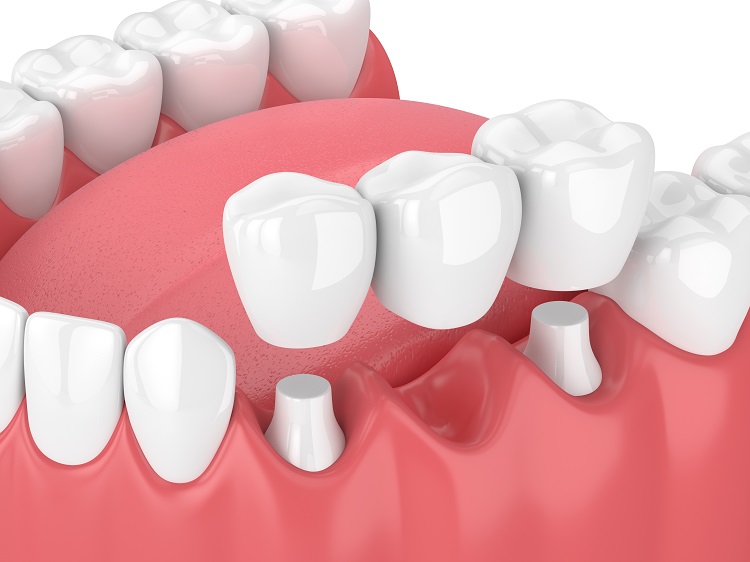Fixed Dental
Fixid Dental
Fixed dental prostheses are used to replace missing or damaged teeth. They are referred to as fixed because they are installed on a permanent basis, meaning that they cannot be removed by the patient, being bonded to the natural teeth or to artificial roots. There are different types of dental prostheses:
FIXED DENTAL PROSTHESIS: DEFINITION AND ADVANTAGES
The fixed prosthesis is an element of dentistry designed to replace missing teeth. When fixed, it remains attached to the patient’s mouth permanently. That is, it doesn’t need to be removed for hygiene, since this is done while the prosthesis is in place, while eliminating the risks of filtration that the partial prostheses present.
There are several types of fixed dentures: implants, bridges, crowns and hybrid prostheses.
The advantages of a fixed denture before a removable are:
· Greater comfort (no need to remove them to clean them)
· Greater grip
· Greater firmness
1. Dental implants
They are made up of two pieces: the implant that replaces the root and the crown that provides the aesthetic and functional factor, the implant replaces a tooth that was lost and whose root was removed from our jaw.
The part that is implanted is made of titanium; a material compatible with the organism.
It is placed through surgery that requires local anaesthesia. The adaptation process is confirmed three months after the surgery. By then, the operation will have healed and the process is terminated.
2. Dental bridges
The bridge consists of a line of crowns that are placed both on teeth that still exist in the mouth or on manufactured implants. It is important to keep in mind that sometimes the bridge requires healthy teeth to be carved so that it can be adjusted. In the long term, this could lead to a loss of firmness in the grip.
Another condition that usually occurs with bridges is that, over time, bone loss occurs due to the lack of dental root, which results in a reduction of the gum, causing gaps between the gum and the bridge.
3. Crowns
They are versatile, since they can be placed on the implant or on a natural tooth. They require a significant filing of the surface of the healthy tooth so that it can be implanted correctly.
It fulfils the functions of chewing, as well as those related to aesthetics. One of its great advantages is that they adapt naturally to the mouth and the patient does not have the sensation of being loaded with a prosthesis.
According to the economic possibilities of the patient, the metal that will form the crown is chosen. One of the most chosen is zirconium.
4. Hybrid prostheses
It is the prosthesis that replaces all the upper or lower dentures of the mouth. They can replace only the teeth, such as the teeth together with the gum. They are placed on implants to ensure a firm hold that gives security to the person.
The appearance they provide is completely natural they are designed to reduce the pressure of the forces of chewing. They are very easy to maintain, since the professional can remove them at any time, perform the corresponding repair and replace them. This allows to replace the acrylic or the teeth in a practical way and without complications or discomfort for the patient.

